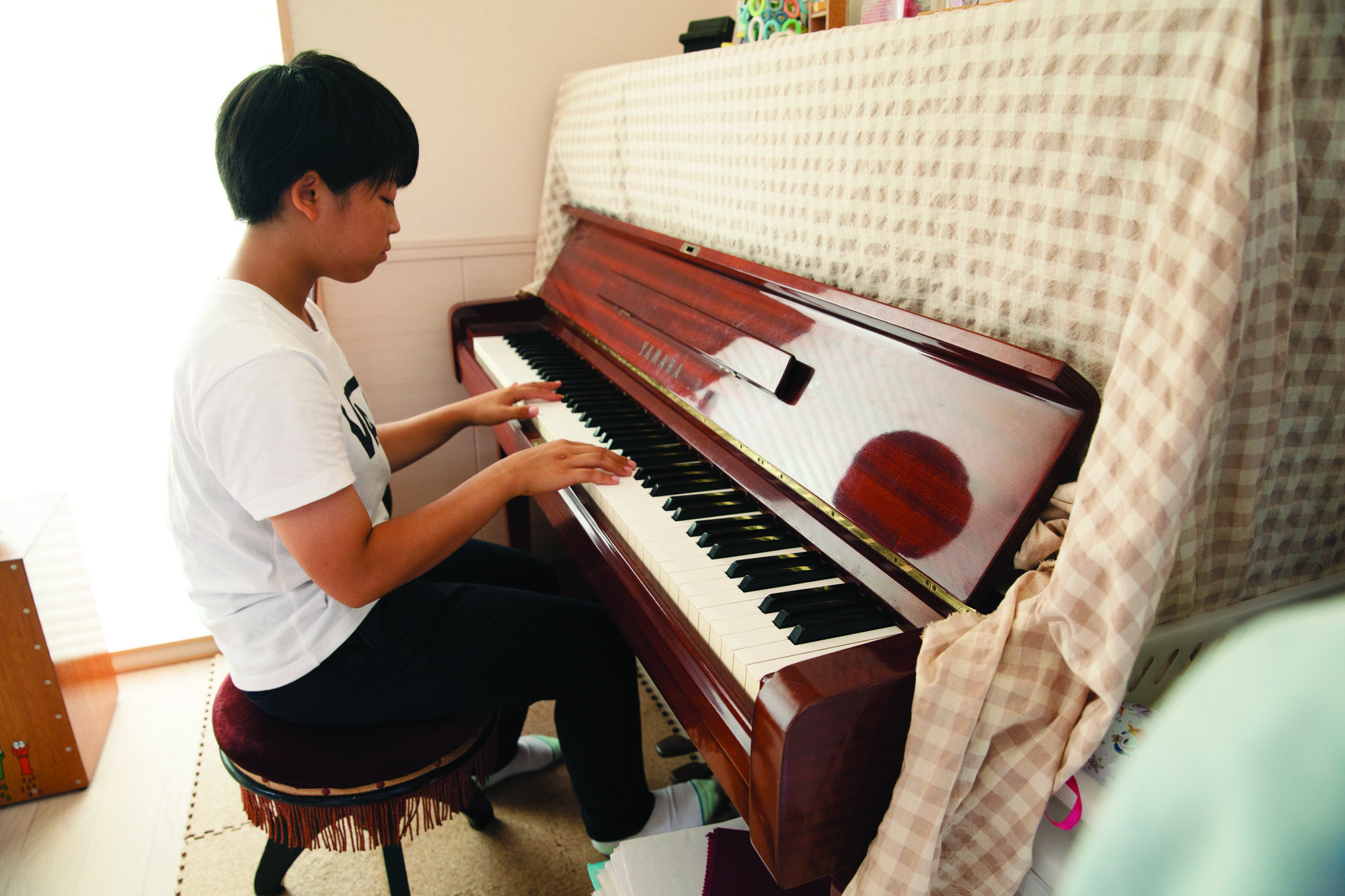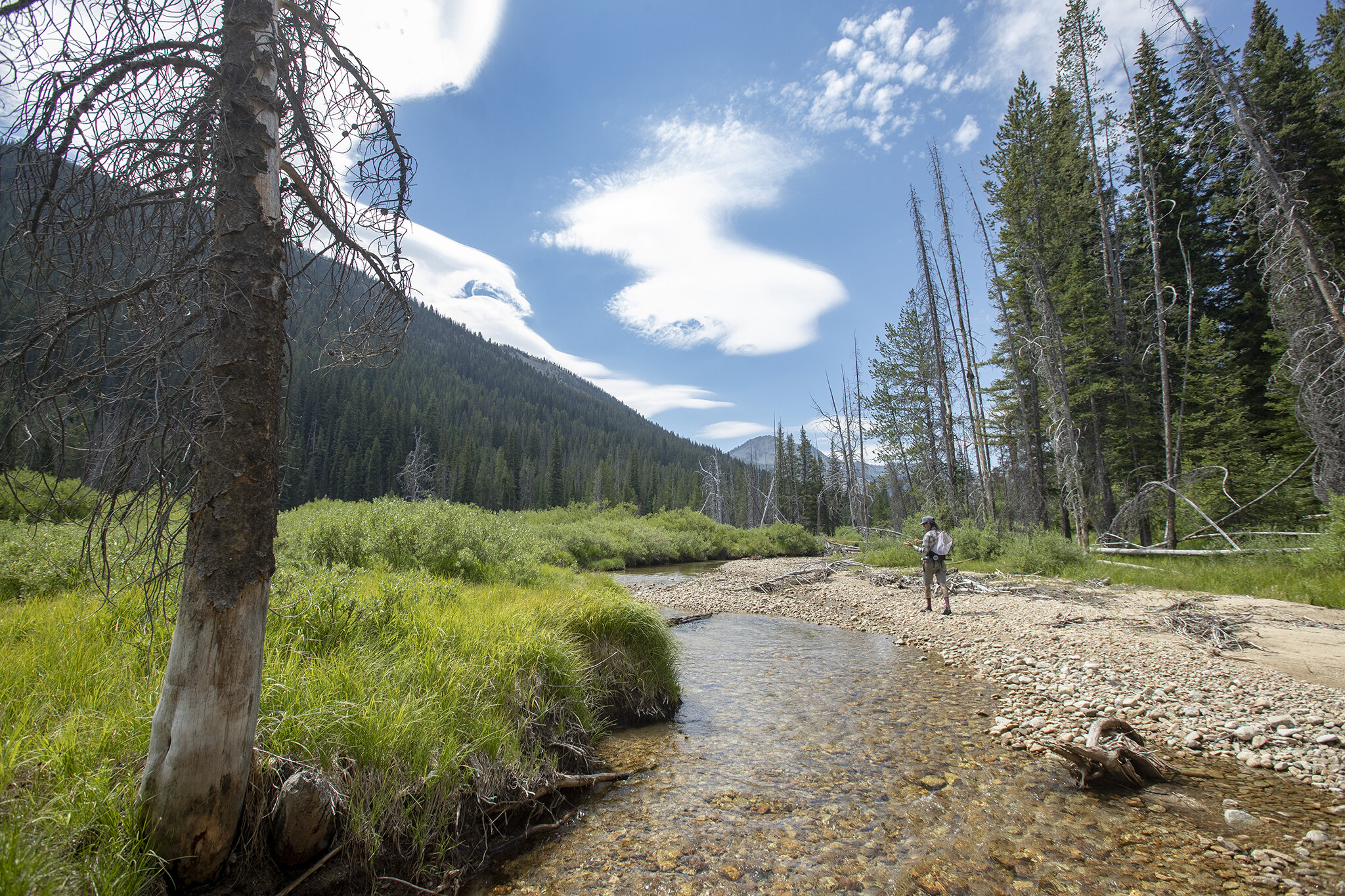Think Local Skate Global
Stay Wild
Interview by Justin “Scrappers” Morrison // @scrappers
Are you open to suggestions? I’ll pretend you said “yes” if you’re still reading.
Suggestion #1: Bring a skateboard when you travel. Suggestion #2: Stay home.
Why bring a skateboard? Duh, it’s a free ride. Beyond money stuff, it’s also a more sincere way to get to know a place. Like a dog sniffing the cracks and curbs of a sidewalk, you’ll get to know the flow of a new place with an intimacy some uber-dumb taxi app could never give you. With those wheels you’re also more free to flow, and free to invent new routes with each swoop of a kick and push. The strongest reason, though, is that traveling with a board is more fun and surprising.
Why stay home? Duh, it’s cheaper. But for reals, travel is expensive and can be harmful to the eco/socio-environment. Ain’t nothing wrong with a staycation. There are always new places to explore in your own special part of the planet. Get to know your local spots and become an actual local.
These are just suggestions. Take ’em or leave ’em. I’m not going to try to convince you that traveling with a board and being more local is good for you. Instead, I’m going to ask some of my favorite Vans global skate team riders what they think.
Yndiara Asp // Brazil
Where are your favorite local spots to skate?
My favorite local spots to skate are Hi Adventure in Florianopolis and Cave Pool in São Paulo.
How would you describe the local vibe towards visiting skaters?
Skateboarding is a big family. Most of the skaters I know are very respectful most of the time.
What advice do you have for visitors who want to skate your special part of the planet?
You got to have respect, be nice, and have fun!
Do you take a board with you when you travel?
Always, it’s me and my skateboard around the world. Skateboarding is more than just my “job.” It’s my lifestyle, my hobby, my vehicle—it’s my partner in life.
What advice do you have for other women who want to skate, but hesitate to get out there?
You don’t have to be good to start something, you just have to start to be good. A lot of things in life seem so hard, but once you start to try it, you realize it’s possible. Believe in yourself and be persistent.
How far has skateboarding taken you?
Farther than I ever thought I could go.
Mami Tezuka // Japan
What is your favorite local spot?
Huckleberry Skatepark in Shiga.
How would you describe the local vibe towards visiting skaters?
They have a skate session together and then take them to a local food spot!
What advice do you have for visitors who want to skate your special part of the planet?
I recommend the DIY park in Ryuou and the rice ball-shaped tunnel.
Do you take a board with you when you travel?
I have my skateboard with me most of the time since the purpose of most of my travels is for skateboarding.
What advice do you have for other women who want to skate, but hesitate to get out there?
Be brave! If you don’t want to skate by yourself, bring your friends to the park! I can’t take any responsibility if you become addicted to it though, haha.
How far has skateboarding taken you?
I now have friends from all over the world. I have had the chance to travel to many different countries and got to meet a lot of great people because of skateboarding.
Lizzie Armanto // California
Where are your favorite local spots to skate?
Vans Huntington Beach, Vans Orange (Combi), Tony Hawk’s vert ramp, Prince Park, Linda Vista, and Washington Street.
How would you describe the local skater vibe towards visiting skaters?
The skate vibe in southern California is for the most part really mellow and welcoming to skaters from all over the world. Of course some of the private places tend to be more exclusive and you have to be friends with them to skate there, but any public park in Southern California will welcome you with open arms.
What advice do you have for visitors who want to skate your special part of the planet?
Be respectful and know that we’re all there for the same reason: to have fun.
Do you take a board with you when you travel, and if so why?
Absolutely. I’m always late for my flights and it’s way faster skating through the airport and looks better than running like a maniac, haha.
What advice do you have for other women who want to skate, but might be afraid to get out there?
There’s nothing about skating that’s any scarier than driving a car or walking through a Trader Joe’s parking lot. Don’t be intimidated and know that everyone at the park started exactly where you are.





































